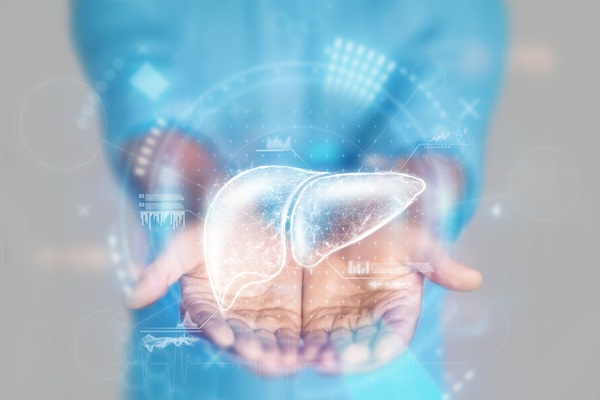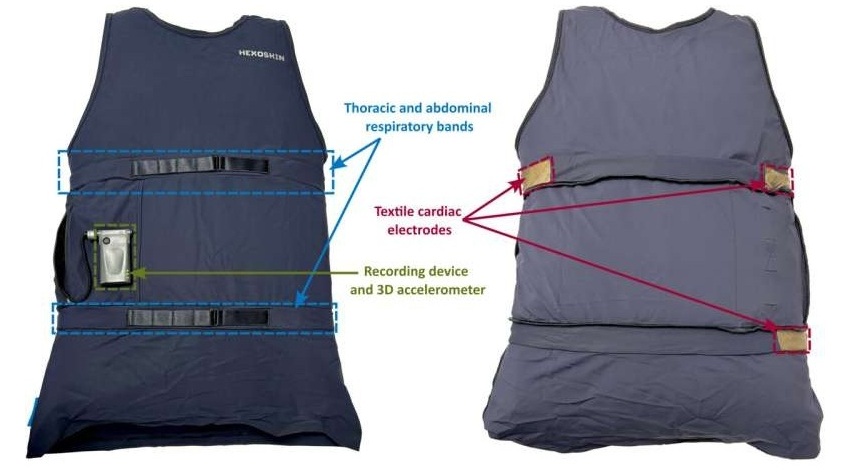Fiber-Reinforced Hydrogel Proves Stronger Than Steel
|
By HospiMedica International staff writers Posted on 14 Aug 2017 |
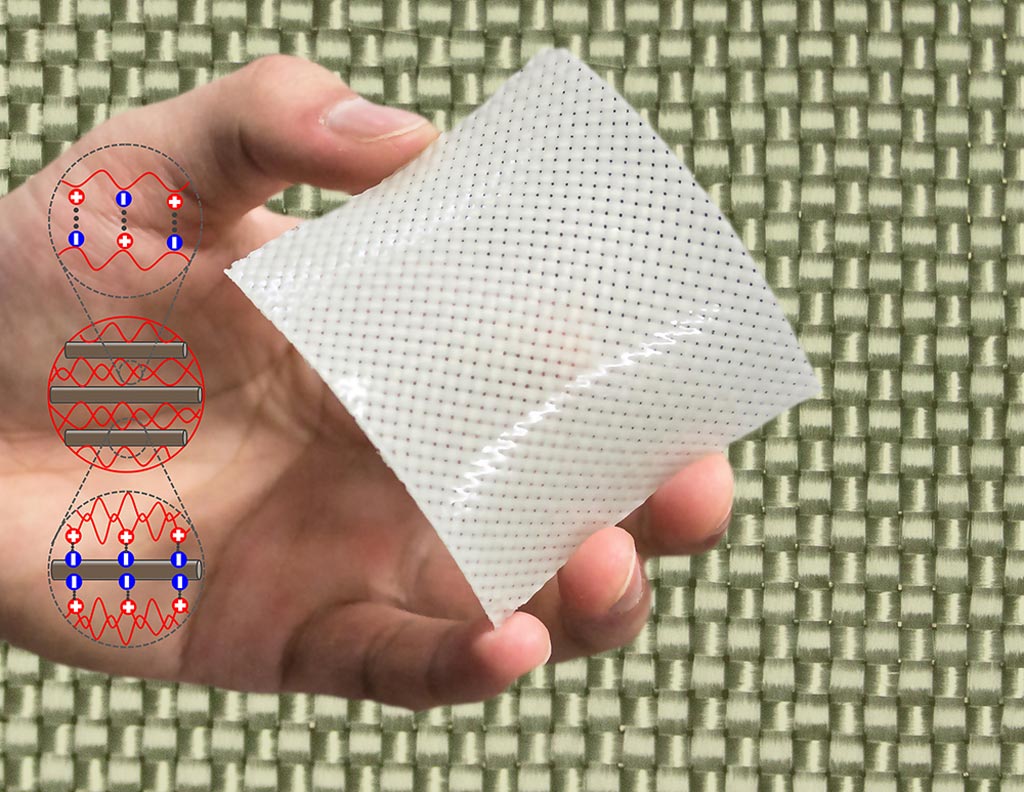
Image: New research shows fiber-reinforced hydrogels are five times stronger than steel (Photo courtesy of Hokkaido University).
A new study describes novel fiber reinforced soft composites (FRSCs) that could be used to manufacture biocompatible ligaments and tendons.
Under development at Hokkaido University (Japan), the FRSCs are fabricated by combining polyampholyte (PA) hydrogels and glass fiber fabric within a single fiber measuring around 10μm in diameter. The melding of the hydrogels, which contain high levels of water, and the tough glass fiber fabric, create bendable materials that exhibit excellent tensile properties. When used alone, FRSCs are 25 times tougher than glass fiber fabric alone, and 100 times tougher than hydrogels alone, in terms of the energy required to destruct them.
The synergistic effect is thought to be a result of dynamic ionic bonds created between the fiber and hydrogels and within the hydrogels themselves, as the fiber’s toughness increases in relation to that of the hydrogels. Consequently, the newly developed hydrogels are five times tougher than carbon steel. The researchers have begun collaborating with different companies in order to develop FRSCs into new products in the field of artificial cartilage. The study was published in the March 2017 issue of Advanced Functional Materials.
“The fiber-reinforced hydrogels, with a forty percent water level, are environmentally friendly. The material has multiple potential applications because of its reliability, durability, and flexibility,” said senior author Professor Jian Ping Gong, PhD. “It could be used as artificial ligaments and tendons, which are subject to strong load-bearing tensions. The principles to create the toughness of the present study can also be applied to other soft components, such as rubber.”
Hydrogels are polymeric materials capable of holding large amounts of water (up to 80% for amorphous gels, 90% for sheet gels) in their three-dimensional (3D) networks. Hydrogels are able to absorb water as due to the hydrophilic functional groups attached to the polymeric backbone, while their resistance to dissolution arises from cross-links between network chains. Many materials, both natural and synthetic, fit the definition of hydrogels.
Related Links:
Hokkaido University
Under development at Hokkaido University (Japan), the FRSCs are fabricated by combining polyampholyte (PA) hydrogels and glass fiber fabric within a single fiber measuring around 10μm in diameter. The melding of the hydrogels, which contain high levels of water, and the tough glass fiber fabric, create bendable materials that exhibit excellent tensile properties. When used alone, FRSCs are 25 times tougher than glass fiber fabric alone, and 100 times tougher than hydrogels alone, in terms of the energy required to destruct them.
The synergistic effect is thought to be a result of dynamic ionic bonds created between the fiber and hydrogels and within the hydrogels themselves, as the fiber’s toughness increases in relation to that of the hydrogels. Consequently, the newly developed hydrogels are five times tougher than carbon steel. The researchers have begun collaborating with different companies in order to develop FRSCs into new products in the field of artificial cartilage. The study was published in the March 2017 issue of Advanced Functional Materials.
“The fiber-reinforced hydrogels, with a forty percent water level, are environmentally friendly. The material has multiple potential applications because of its reliability, durability, and flexibility,” said senior author Professor Jian Ping Gong, PhD. “It could be used as artificial ligaments and tendons, which are subject to strong load-bearing tensions. The principles to create the toughness of the present study can also be applied to other soft components, such as rubber.”
Hydrogels are polymeric materials capable of holding large amounts of water (up to 80% for amorphous gels, 90% for sheet gels) in their three-dimensional (3D) networks. Hydrogels are able to absorb water as due to the hydrophilic functional groups attached to the polymeric backbone, while their resistance to dissolution arises from cross-links between network chains. Many materials, both natural and synthetic, fit the definition of hydrogels.
Related Links:
Hokkaido University
Latest Surgical Techniques News
- New Study Findings Could Halve Number of Stent Procedures
- Breakthrough Surgical Device Redefines Hip Arthroscopy
- Automated System Enables Real-Time "Molecular Pathology" During Cancer Surgery
- Groundbreaking Procedure Combines New Treatments for Liver Tumors
- Ablation Reduces Stroke Risk Associated with Atrial Fibrillation
- Optical Tracking Method Identifies Target Areas in Robot-Assisted Neurosurgery
- General Anesthesia Improves Post-Surgery Outcomes for Acute Stroke Patients
- Drug-Coated Balloons Can Replace Stents Even in Larger Coronary Arteries
- Magnetic Kidney Stone Retrieval Device Outperforms Ureteroscopic Laser Lithotripsy
- Absorbable Skull Device Could Replace Traditional Metal Implants Used After Brain Surgery
- Magic Silicone Liquid Powered Robots Perform MIS in Narrow Cavities
- 'Lab-on-a-Scalpel' Provides Real-Time Surgical Insights for POC Diagnostics in OR
- Biodegradable Brain Implant Prevents Glioblastoma Recurrence
- Tiny 3D Printer Reconstructs Tissues During Vocal Cord Surgery
- Minimally Invasive Procedure for Aortic Valve Disease Has Similar Outcomes as Surgery
- Safer Hip Implant Design Prevents Early Femoral Fractures
Channels
Critical Care
view channel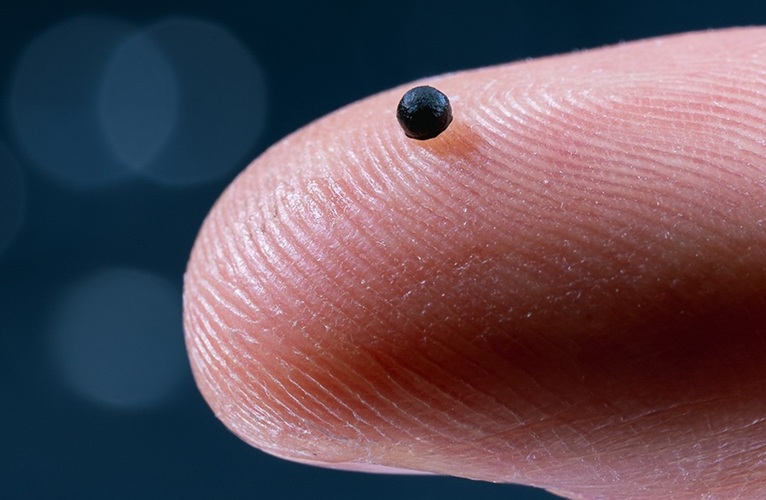
Magnetically Guided Microrobots to Enable Targeted Drug Delivery
Stroke affects 12 million people globally each year, often causing death or lasting disability. Current treatment relies on systemic administration of clot-dissolving drugs, which circulate throughout... Read more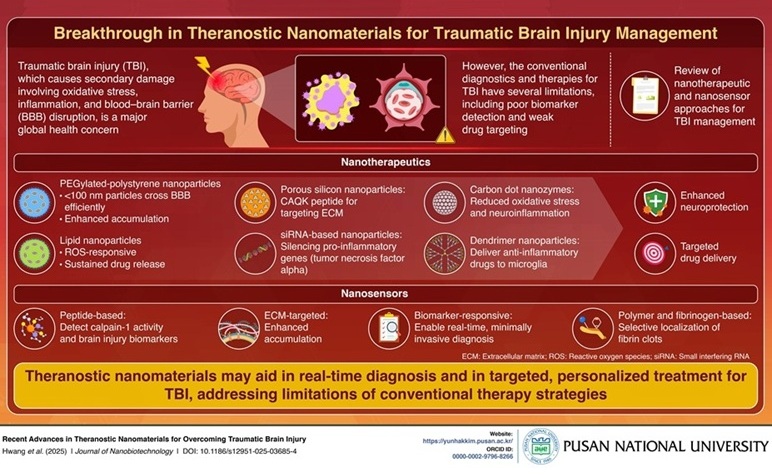
Smart Nanomaterials Detect and Treat Traumatic Brain Injuries Simultaneously
Traumatic brain injury (TBI) continues to leave millions with long-term disabilities every year. After a sudden impact from a fall, collision, or accident, the brain undergoes inflammation, oxidative stress,... Read more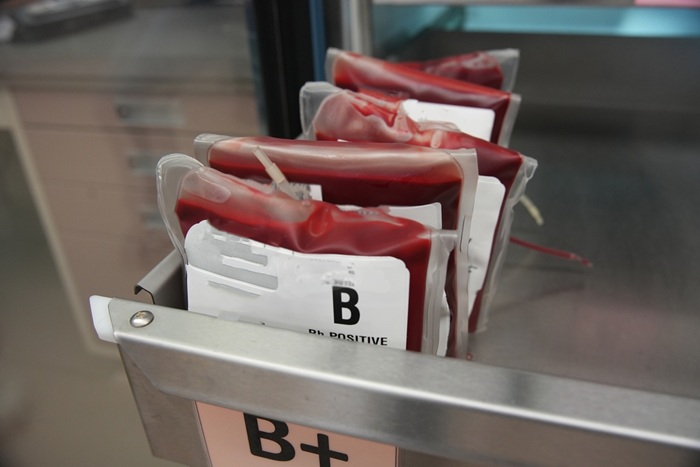
Earlier Blood Transfusion Could Reduce Heart Failure and Arrhythmia in Heart Disease Patients
Blood loss during or after surgery can place significant stress on people with heart disease, increasing the risk of dangerous complications. Transfusions are often delayed until hemoglobin levels fall... Read morePatient Care
view channel
Revolutionary Automatic IV-Line Flushing Device to Enhance Infusion Care
More than 80% of in-hospital patients receive intravenous (IV) therapy. Every dose of IV medicine delivered in a small volume (<250 mL) infusion bag should be followed by subsequent flushing to ensure... Read more
VR Training Tool Combats Contamination of Portable Medical Equipment
Healthcare-associated infections (HAIs) impact one in every 31 patients, cause nearly 100,000 deaths each year, and cost USD 28.4 billion in direct medical expenses. Notably, up to 75% of these infections... Read more
Portable Biosensor Platform to Reduce Hospital-Acquired Infections
Approximately 4 million patients in the European Union acquire healthcare-associated infections (HAIs) or nosocomial infections each year, with around 37,000 deaths directly resulting from these infections,... Read moreFirst-Of-Its-Kind Portable Germicidal Light Technology Disinfects High-Touch Clinical Surfaces in Seconds
Reducing healthcare-acquired infections (HAIs) remains a pressing issue within global healthcare systems. In the United States alone, 1.7 million patients contract HAIs annually, leading to approximately... Read moreHealth IT
view channel
EMR-Based Tool Predicts Graft Failure After Kidney Transplant
Kidney transplantation offers patients with end-stage kidney disease longer survival and better quality of life than dialysis, yet graft failure remains a major challenge. Although a successful transplant... Read more
Printable Molecule-Selective Nanoparticles Enable Mass Production of Wearable Biosensors
The future of medicine is likely to focus on the personalization of healthcare—understanding exactly what an individual requires and delivering the appropriate combination of nutrients, metabolites, and... Read moreBusiness
view channel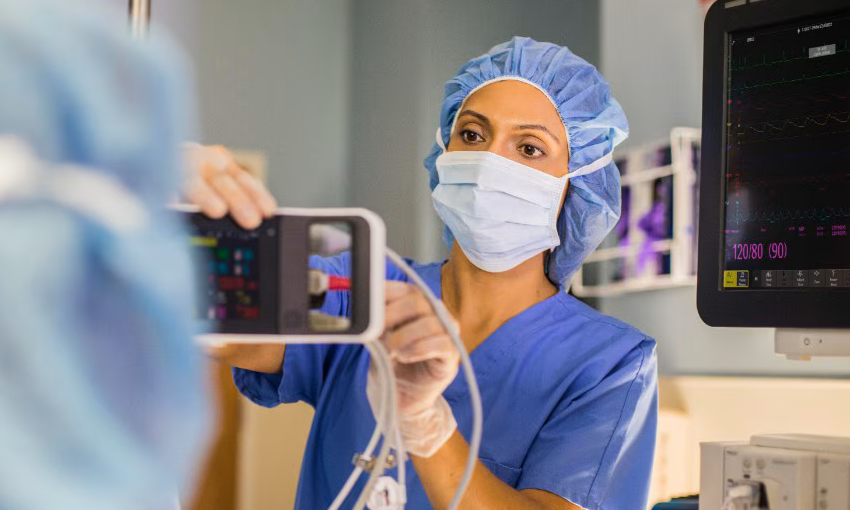
Philips and Masimo Partner to Advance Patient Monitoring Measurement Technologies
Royal Philips (Amsterdam, Netherlands) and Masimo (Irvine, California, USA) have renewed their multi-year strategic collaboration, combining Philips’ expertise in patient monitoring with Masimo’s noninvasive... Read more
B. Braun Acquires Digital Microsurgery Company True Digital Surgery
The high-end microsurgery market in neurosurgery, spine, and ENT is undergoing a significant transformation. Traditional analog microscopes are giving way to digital exoscopes, which provide improved visualization,... Read more
CMEF 2025 to Promote Holistic and High-Quality Development of Medical and Health Industry
The 92nd China International Medical Equipment Fair (CMEF 2025) Autumn Exhibition is scheduled to be held from September 26 to 29 at the China Import and Export Fair Complex (Canton Fair Complex) in Guangzhou.... Read more











